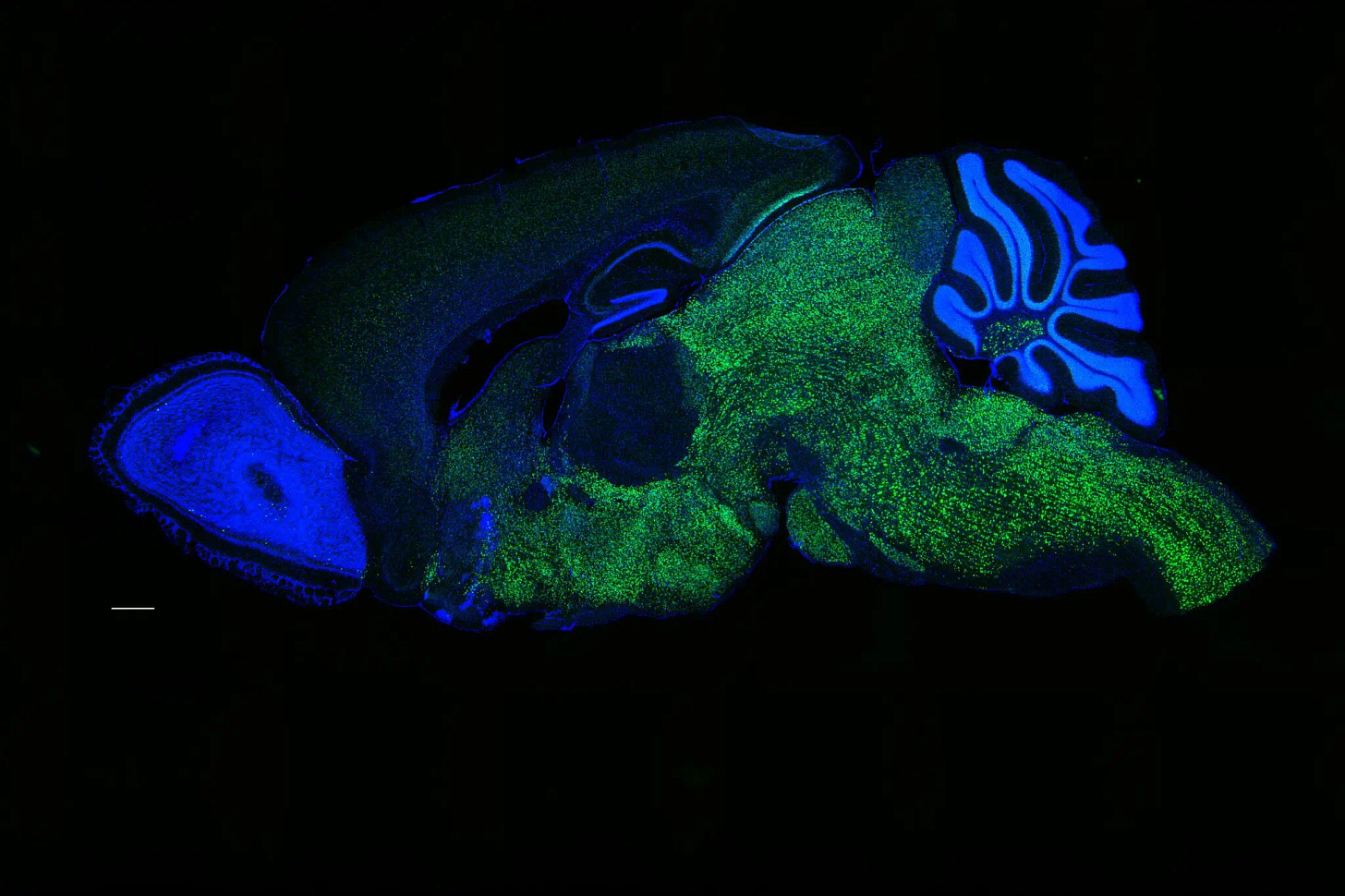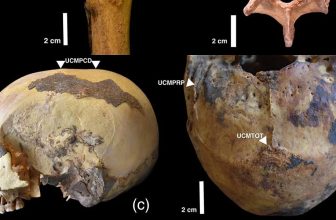
For years, scientists have tried to piece together the evolutionary puzzle of human language. How did our ancestors acquire the ability to speak? What genetic shifts allowed humans to develop the intricate vocal control necessary for language? Unlike bones and tools, words do not fossilize, leaving researchers to scour DNA for clues. Now, a new study, published in Nature Communications, offers a fresh perspective: a single genetic change in a gene called NOVA1 may have played a role in the development of complex human speech.

In a new experiment, a team of researchers led by Yoko Tajima, César Vargas, and Erich Jarvis engineered mice with a humanized version of the NOVA1 gene—a gene that underwent a significant mutation after modern humans split from Neanderthals and Denisovans. The results were striking: these modified mice produced different vocalizations, suggesting that this single genetic alteration influenced how sounds are structured and communicated.
“Our findings suggest that this human-specific NOVA1 substitution may have been part of an ancient evolutionary selective sweep in a common ancestral population of Homo sapiens, possibly contributing to the development of spoken language,” the researchers write.
NOVA1 is a neuronal RNA-binding protein, which means it helps regulate how other genes are processed in the brain. In most mammals, this gene is highly conserved—meaning it has remained almost identical across species for millions of years. However, in modern humans, a single amino acid change (I197V) appeared, distinguishing our version from that found in other primates, Neanderthals, and Denisovans.
To understand its impact, researchers used CRISPR gene-editing technology to introduce the human-specific version of NOVA1 into mice. Surprisingly, the genetic alteration did not disrupt the mice’s development or basic brain function. However, it did affect how certain genes were expressed in brain regions associated with vocalization.
One of the most remarkable findings of the study was that humanized NOVA1 mice vocalized in ways distinct from their unaltered counterparts. When pups were separated from their mothers, their distress calls—measured as ultrasonic vocalizations (USVs)—showed noticeable differences in structure.
“The humanized NOVA1 mice exhibited altered vocalization patterns as pups and adults, demonstrating changes in both sound complexity and frequency,” the study states.
These differences became even more pronounced in adult male mice during courtship. Male mice typically “sing” complex ultrasonic songs when attempting to attract a mate. In the modified mice, these courtship songs contained more intricate frequency modulations, a characteristic reminiscent of the way human speech patterns evolved to become more nuanced over time.
The implications of these findings are profound. While the FOXP2 gene has long been considered one of the key genetic players in the evolution of speech, NOVA1 appears to fine-tune the neural circuits that control vocal learning and complexity. The two genes may have worked in tandem, shaping the way early humans communicated.
Interestingly, Neanderthals and Denisovans lacked this specific NOVA1 mutation, raising the possibility that their vocal capabilities were different from those of early Homo sapiens. Did this genetic divergence give modern humans a competitive advantage in terms of communication, social organization, and culture? While we may never know for sure, this study adds a new piece to the puzzle.
While the findings are compelling, they also raise critical questions. The humanized NOVA1 mice still produced sounds within the natural range of mouse communication. The changes were subtle, suggesting that while NOVA1 may have contributed to the evolution of human speech, it was likely only one part of a much larger genetic network.
Moreover, the study highlights the challenges of translating findings from mice to humans. Mice are not capable of learning new vocal patterns the way humans are, so their altered vocalizations may not fully capture the evolutionary significance of the NOVA1 mutation in early hominins. Future research using other primates or human-derived brain organoids might provide deeper insights.
The evolution of human speech remains one of the most fascinating mysteries in anthropology and genetics. This study adds a new gene to the roster of potential contributors and suggests that the emergence of language was not the result of a single mutation but a gradual accumulation of changes across multiple genes.
As researchers continue to decode the genetic origins of speech, the findings from NOVA1 point toward an exciting possibility: that subtle molecular tweaks, accumulated over generations, might have given our ancestors the first whispers of language—and eventually, the ability to tell stories, build civilizations, and shape the modern world.
For those interested in further reading, here are some related studies exploring the genetics of human language and vocalization:
-
Dediu & Levinson (2013) – “On the antiquity of language: The reinterpretation of Neanderthal linguistic capabilities” (Frontiers in Psychology). DOI: 10.3389/fpsyg.2013.00397
-
Lai et al. (2001) – “A forkhead-domain gene is mutated in a severe speech and language disorder” (Nature). DOI: 10.1038/35054099
-
Schreiweis et al. (2014) – “Humanized Foxp2 accelerates learning by enhancing transitions from declarative to procedural performance” (PNAS). DOI: 10.1073/pnas.1414542111
-
Zeberg & Pääbo (2020) – “A genomic region associated with speech and language has been under recent positive selection in modern humans” (Science Advances). DOI: 10.1126/sciadv.abc6916







